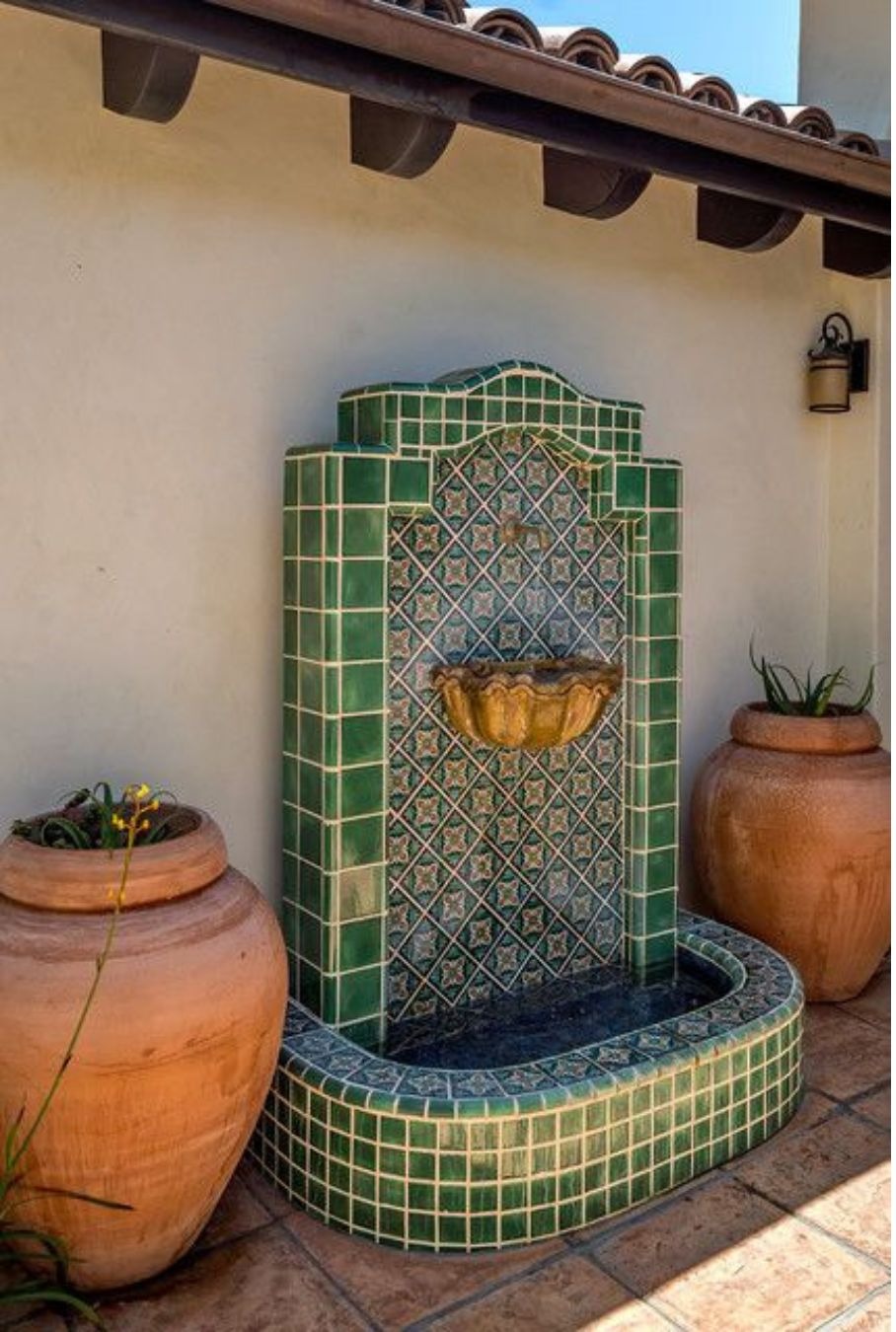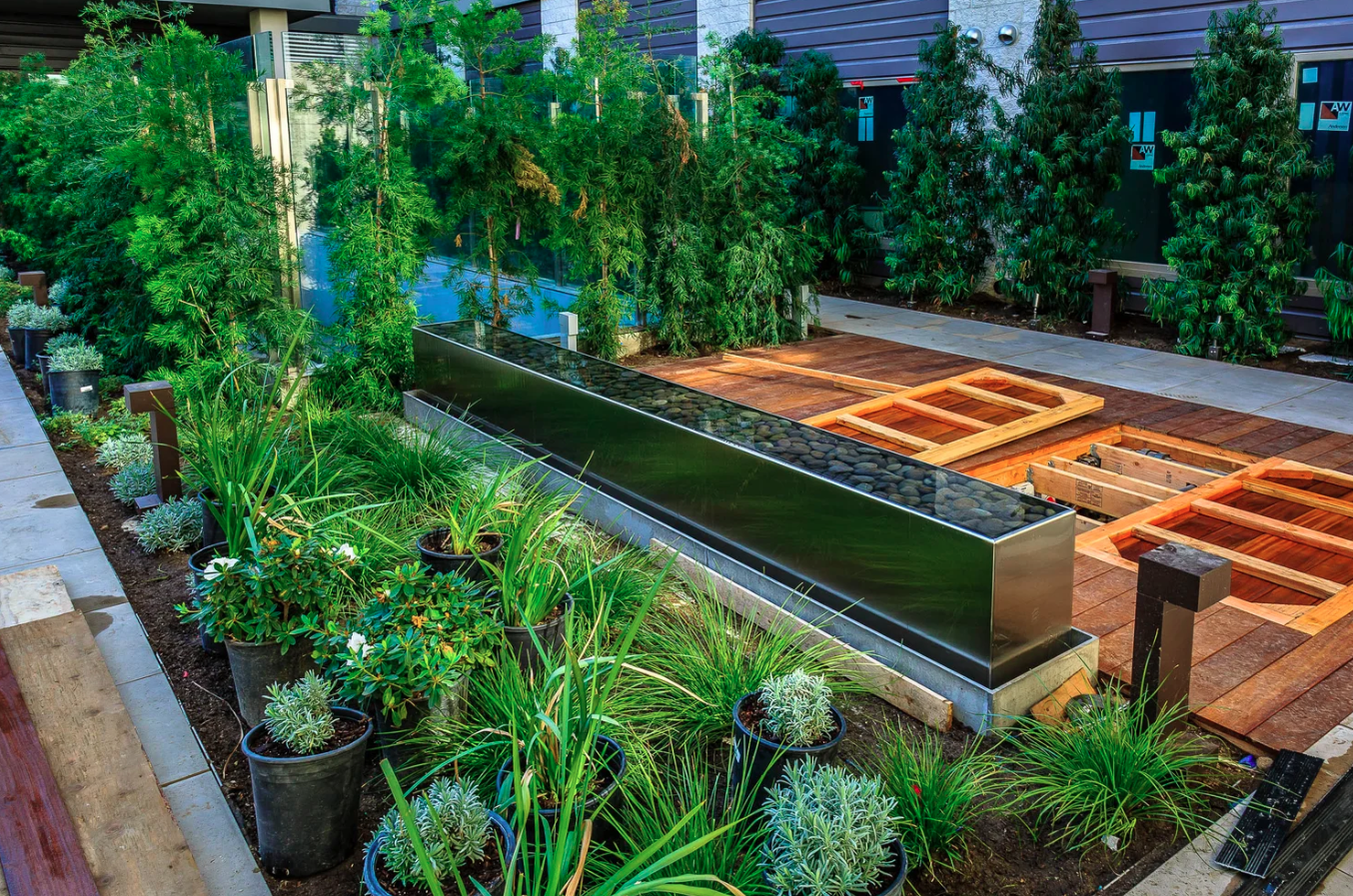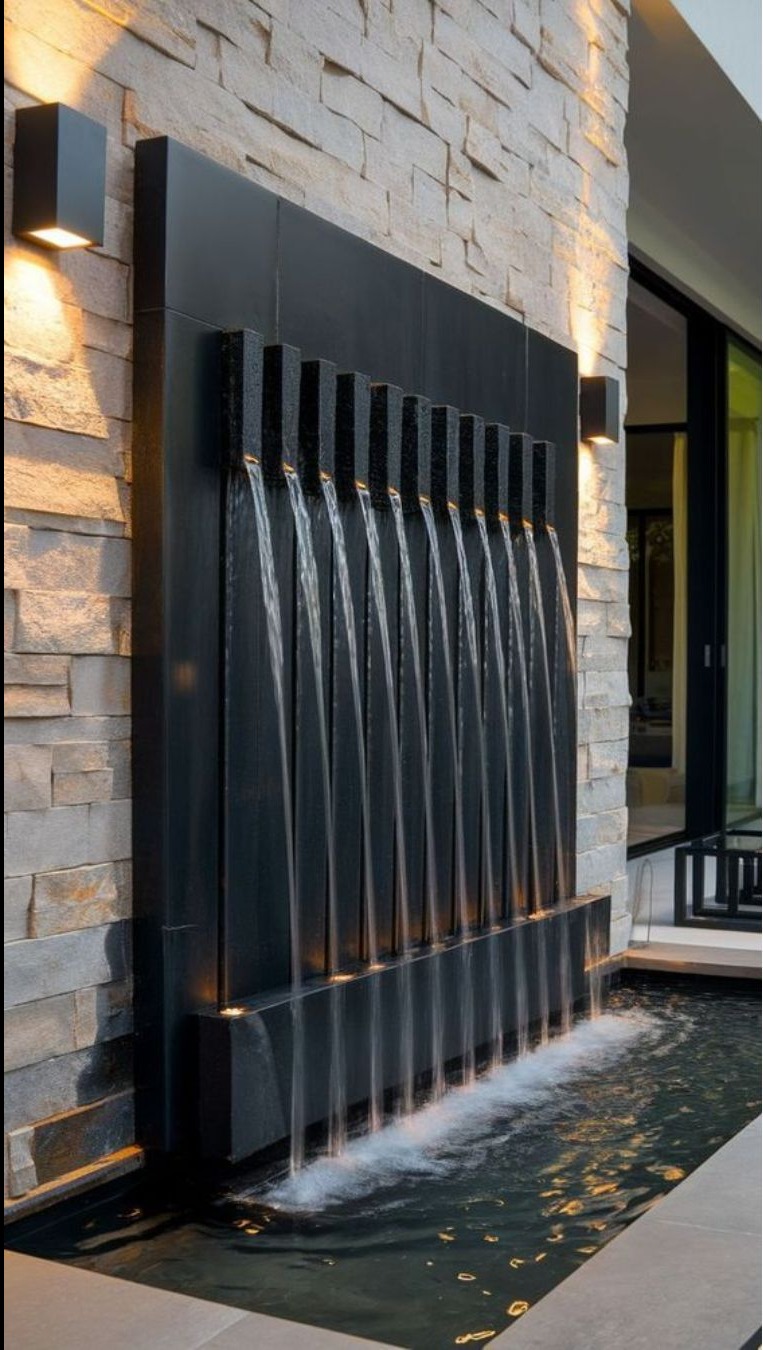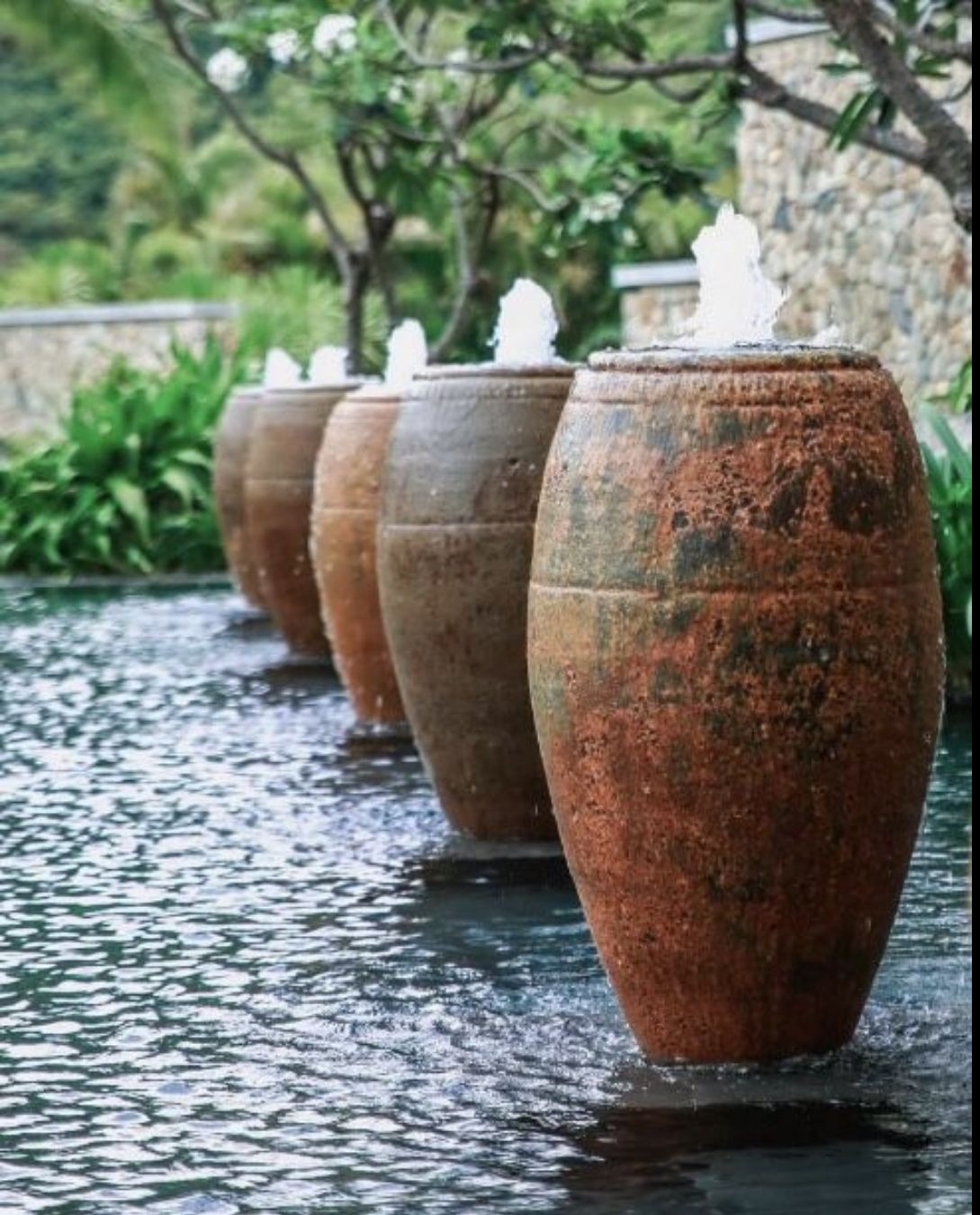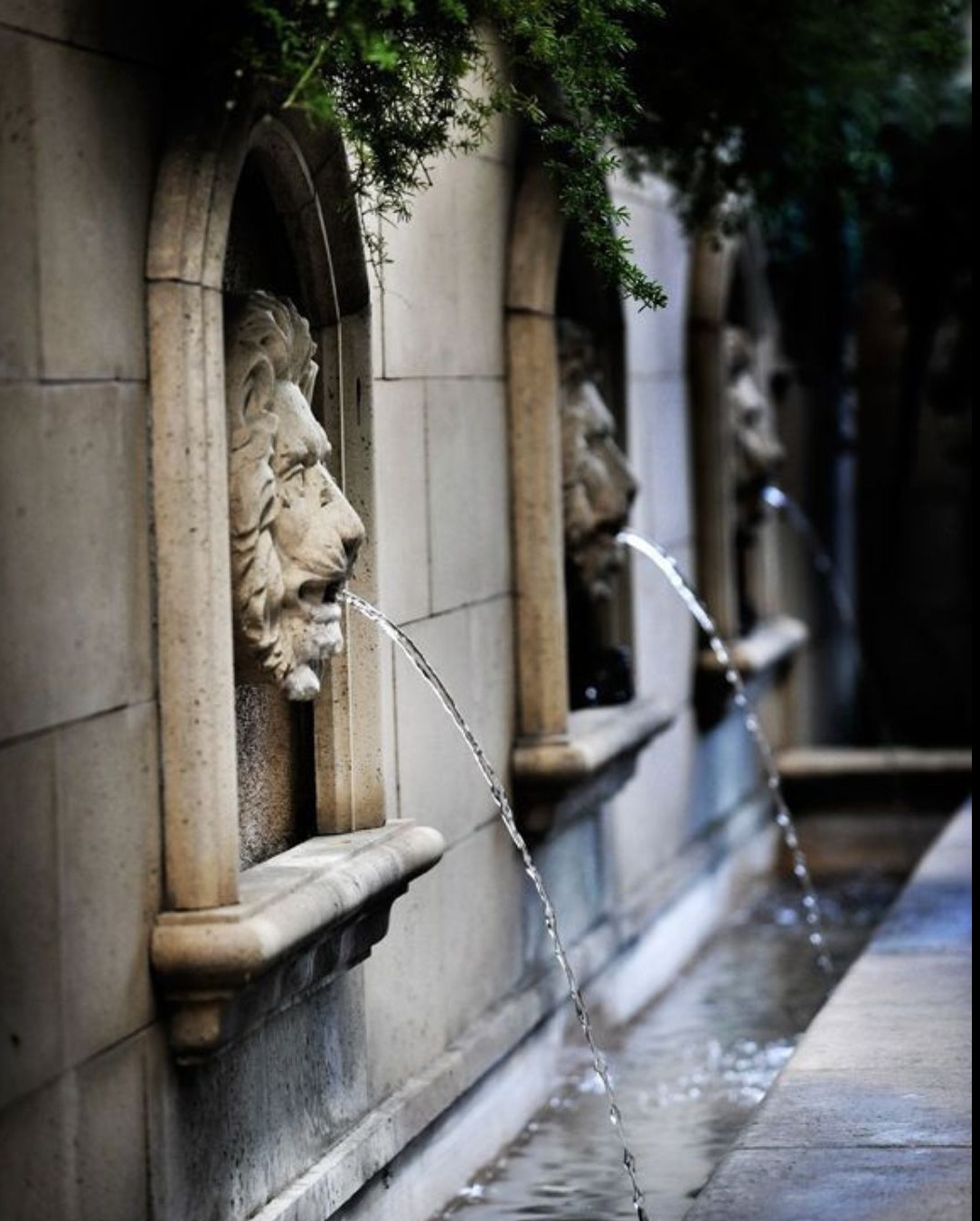
Water fountains evolved from ancient necessity to modern art, born from humanity's need to access clean water in growing settlements. The first known public fountain was the Lion Fountain in Knossos, Crete (2700 BCE), featuring carved lion heads spouting water.
Origins and Purpose
In ancient times, fountains served critical survival purposes. Early civilizations built them at natural spring sources to collect and distribute fresh water to communities. As cities grew, fountains became essential public utilities - the primary source of drinking water for urban populations who lacked private wells.
Ancient Greeks created elaborate fountain houses called “krene, “ often decorated with religious motifs, believing water sources were sacred gifts from gods. Romans revolutionized fountain engineering with aqueduct systems, building public fountains every few blocks so citizens never walked far for water. These weren't luxuries but lifelines - Roman law required free public access to clean water.
Medieval European cities used fountains as community centers where people gathered daily for water collection, creating natural social hubs. Wealthy households eventually built private fountains as status symbols, while public fountains remained vital for common citizens.
The Renaissance transformed utilitarian fountains into artistic masterpieces. Artists like Bernini combined function with beauty, though the core purpose remained water distribution. Only in modern times, with indoor plumbing, did fountains shift from necessity to decoration.
## Types of Fountains
*Jet Fountains:* Water shoots upward from bottom nozzles, creating vertical columns of varying heights.
*Cascade Fountains:* Water flows downward through tiers, mimicking natural waterfalls with soothing sounds.
*Combination Fountains:* Merge upward jets and downward cascades for complex water choreography.
*Interactive Fountains:* Ground-level installations where people can walk through and play with water jets.
*Commercial/Residential Fountains:* Smaller-scale designs for private gardens, courtyards, and business entrances, often featuring tabletop or wall-mounted designs.
*Architectural/Mural Fountains:* Wall-integrated designs like the historic lion head fountains, where decorative spouts emerge from building facades or sculptural elements.
Modern Benefits
Fountains serve as urban oases, cooling air and improving environments. They create therapeutic spaces - children are naturally drawn to their playful water patterns, while elderly find peace in their calming sounds. Fountains reduce stress, mask noise, and serve as community gathering places. They've become cultural landmarks, artistic expressions, and wellness tools in hospitals and therapy centers, connecting all generations through humanity's eternal fascination with water.

